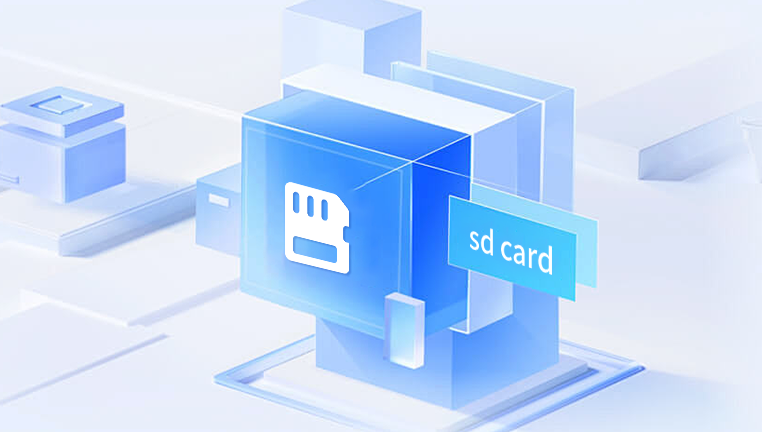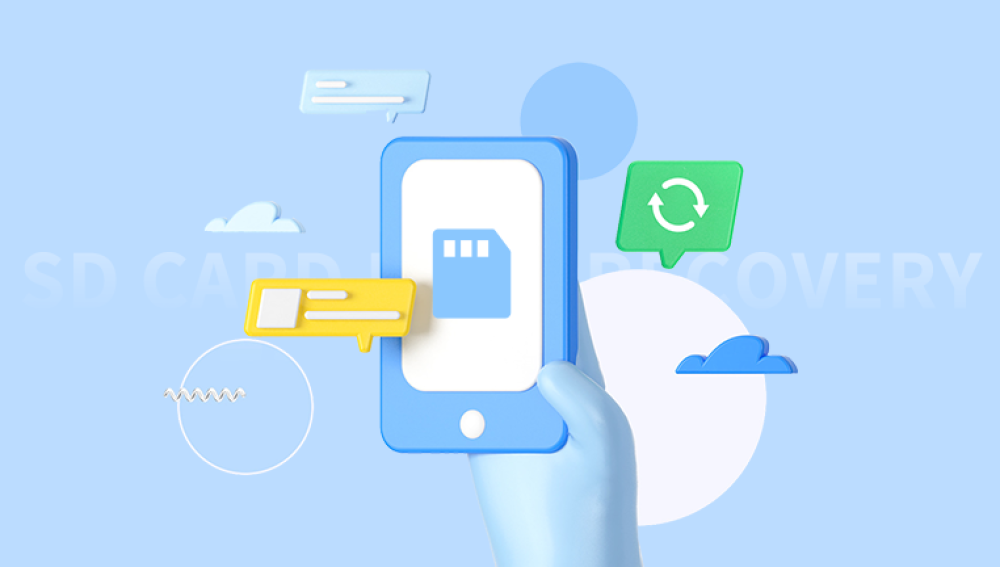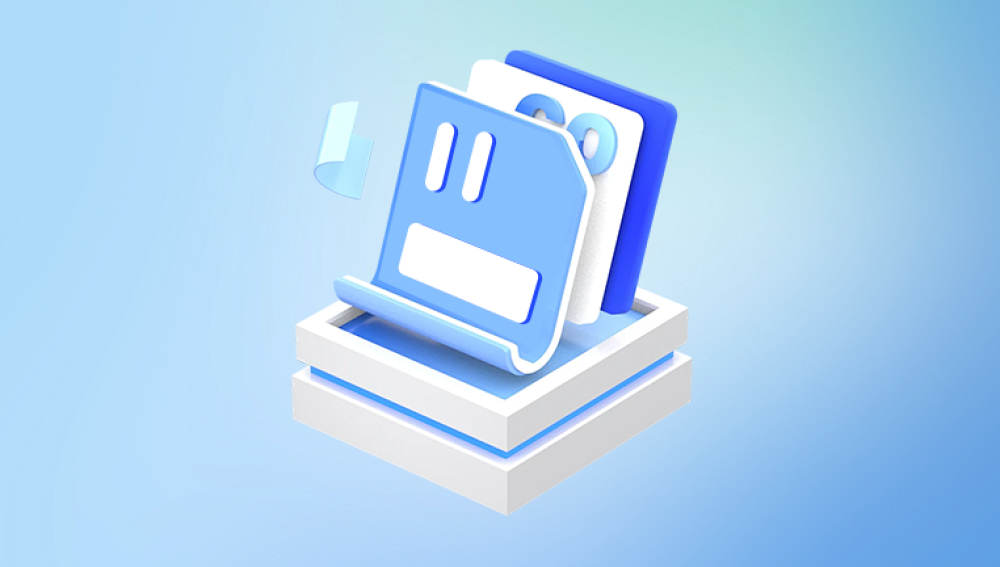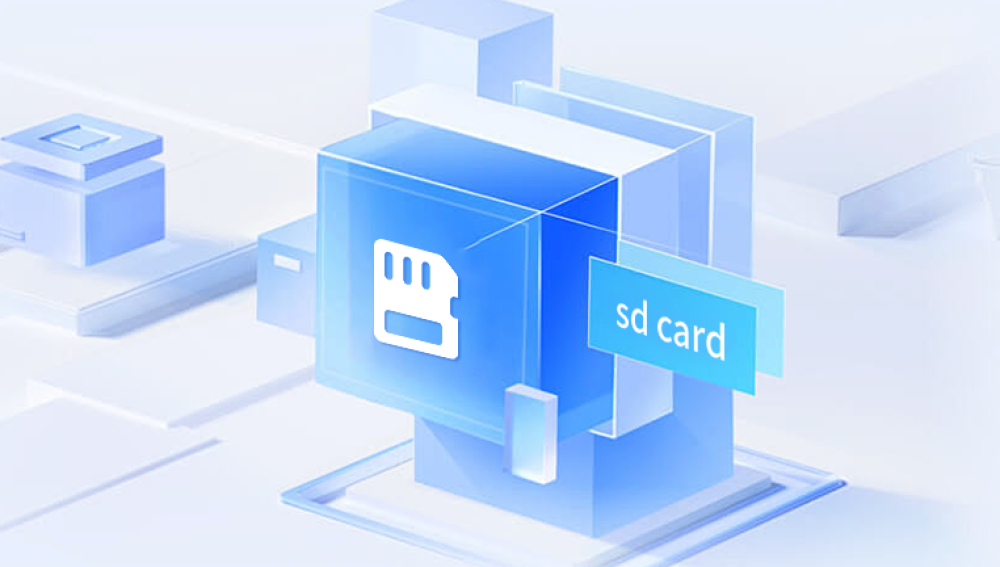Memory cards have revolutionized the way we store and access data on portable devices. Among them, SD (Secure Digital) cards have become a mainstay in digital photography, smartphones, tablets, and even handheld game consoles. They’re compact, efficient, and capable of holding thousands of images. Yet, their reliability can falter when images are accidentally deleted, the card becomes corrupted, or formatting mishaps occur.
When images are lost from an SD card, panic often sets in. These aren't just data points they're personal memories, professional captures, or irreplaceable snapshots of important events. The fear of permanent loss can be overwhelming, but it's important to know that most data loss on SD cards is not irreversible. With the right approach, tools, and precautions, there's a high chance of recovering those cherished photos.

1. Accidental Deletion
This is the most common cause of image loss. While navigating through your camera or phone gallery, it’s surprisingly easy to delete images without realizing it. Some devices don’t ask for confirmation before deletion, making this even riskier.
2. Formatting Errors
Accidentally formatting the SD card wipes out all the stored data. This can happen when trying to free up space quickly or due to prompts from devices requesting a format before usage.
3. File System Corruption
If an SD card’s file system becomes corrupted—whether from improper ejection, malware, or power failures—it can result in missing or unreadable files.
4. Physical Damage
Dropping your SD card, exposing it to water or high temperatures, or bending it can physically damage the card, potentially rendering the data inaccessible.
5. Virus or Malware Attacks
Connecting your SD card to an infected computer may introduce malware that hides, deletes, or corrupts image files.
6. Bad Sectors
Like hard drives, SD cards can develop bad sectors over time, which prevents data from being read or written in those areas, leading to potential data loss.
Immediate Steps After Image Loss
Acting quickly after image loss can drastically improve your chances of recovery. Here are the first things you should do:
1. Stop Using the SD Card
As soon as you realize images are missing, stop using the SD card. Continued use can overwrite the data, making recovery difficult or impossible.
2. Do Not Format Again
Even if prompted, avoid formatting the card. A format can complicate recovery, especially if it’s a full format rather than a quick one.
3. Eject Properly
Always eject the SD card safely from the device or computer to avoid further corruption.
4. Prepare a Recovery Environment
Use a computer with enough storage space, preferably not the one that initially caused the problem. Install necessary software in advance, but not on the SD card itself.
Methods of Image Recovery
Several methods can help you recover images, ranging from using specialized software to professional services. The method you choose depends on the nature and severity of the data loss.
Method 1: Using Data Recovery Software
Drecov Data Recovery
Drecov Data Recovery is a powerful, user-friendly tool designed to help users retrieve lost or deleted images from SD cards, USB drives, hard drives, and other storage media. Whether you’ve accidentally deleted photos, formatted your SD card, or encountered file corruption, Drecov Data Recovery offers a reliable and efficient solution to recover your precious memories.
The software is equipped with advanced scanning algorithms that thoroughly search your storage device for recoverable image files. It supports a wide range of photo formats, including JPEG, PNG, TIFF, BMP, and RAW files from popular camera brands like Canon, Nikon, Sony, and more. Even if your SD card has been formatted or is unreadable by your computer, Drecov Data Recovery can often locate and restore your images.
Using the tool is straightforward. Simply connect your SD card or other storage device to your computer, launch Drecov Data Recovery, and select the drive you wish to scan. The software will then perform a quick or deep scan depending on your needs. Once the scan is complete, you can preview the recoverable images and select the ones you want to restore. Recovery takes just a few clicks.
Method 2: Using Command Prompt (Windows Only)
For those comfortable with technical tools, Command Prompt can sometimes retrieve hidden or inaccessible files due to mild corruption.
Steps:
Connect the SD card to your computer.
Open Command Prompt as an administrator.
Type the command:
bash
CopyEdit
chkdsk [drive letter]: /f
Replace [drive letter] with your SD card's assigned letter.
If successful, this process may recover file links and restore access to previously hidden or inaccessible files.
Method 3: Restore from Backup
If you regularly back up your photos, now is the time to check for existing copies:
Cloud services like Google Photos, iCloud, or Dropbox.
Local backups on external drives or computers.
Automatic app backups (e.g., Samsung Cloud or OneDrive).
Restoring from backup is often the fastest and safest method, if available.
Method 4: Consult a Professional Recovery Service
If the SD card is physically damaged, none of the above methods may work. Data recovery professionals can attempt to recover data using advanced tools and techniques in cleanroom environments.
Be prepared for higher costs with professional services. However, the success rate is often much higher, especially for critical data or severe damage.
Special Cases and Recovery Tips
Recovering from a Formatted SD Card
Quick formats typically leave data intact, only resetting the file system. Recovery tools like PhotoRec or Stellar can scan and restore these files. Avoid further writes to the card.
Recovering RAW Image Files
For photographers, losing RAW files (like .CR2. .NEF, or .ARW) can be even more frustrating. Ensure your chosen recovery software supports these formats and allows file previews.
Recovering Corrupted or Unreadable Files
If files are recovered but appear damaged or won’t open, tools like JPEG Repair Toolkit or Stellar Repair for Photo can attempt to repair partially damaged images.
Preventing Future Data Loss
Once you’ve successfully recovered your images—or even if you haven’t—take these preventive steps to minimize future risk.
1. Use High-Quality SD Cards
Invest in reliable brands like SanDisk, Samsung, or Lexar. Counterfeit cards are prone to corruption and failure.
2. Format Cards in-Camera
Always format your SD card using the device it’s intended for. Avoid formatting it on a computer unless necessary.
3. Don’t Remove the Card During Transfers
Wait until all image transfers are complete before removing the SD card from a device or computer.
4. Backup Regularly
Set up automatic backups to cloud services or external drives. Redundancy is your best defense against data loss.
5. Use Multiple Smaller Cards
Instead of storing everything on one large SD card, consider using multiple smaller ones. This way, if one fails, you only lose a fraction of your data.
6. Keep Cards in Protective Cases
Avoid damage from moisture, dust, or physical pressure by storing cards in designated cases.
What to Do If Recovery Fails
Even with all tools and tricks, sometimes recovery attempts fail. Here’s what you can do next:
Try a different recovery tool. Not all tools use the same algorithms.
Reconnect the SD card using another reader or USB port.
Attempt recovery on a different computer or operating system.
Avoid repeated attempts on the same card to reduce wear.
If all else fails and the images are vital, consider sending the card to a data recovery service. Professionals often retrieve what software cannot.
Image loss from an SD card is frustrating but not necessarily final. Whether your images were deleted, lost due to formatting, or became inaccessible through corruption, modern recovery tools offer a strong chance of success. The most critical step is to act quickly and avoid overwriting lost data. From free software tools to professional recovery labs, a wide range of solutions is available depending on the severity of the issue.




